Study on the Nonlinear Causal Impact of Investor Sentiment on Futures Pricing Efficiency: Based on Generalized Random Forest and Dual Machine Learning Methods
DOI: 10.23977/acss.2025.090316 | Downloads: 2 | Views: 67
Author(s)
Zihao Fan 1
Affiliation(s)
1 School of Economics, Beijing Technology and Business University, Beijing, China
Corresponding Author
Zihao FanABSTRACT
This study explores the impact of investor sentiment on futures pricing efficiency and employs dual machine learning (DML) and generalized random forest (GRF) methods for causal inference analysis. By constructing an investor sentiment index and combining it with pricing efficiency indicators for the futures market, empirical results demonstrate that sentiment has a significant positive impact on futures pricing efficiency, particularly in contexts of high market volatility, where the impact of sentiment fluctuations on pricing bias is more pronounced. Furthermore, the study reveals the heterogeneity of sentiment effects across different market phases, with the impact of sentiment on pricing efficiency being more pronounced in bull markets and relatively weaker in bear and volatile markets. This study provides new empirical evidence for understanding the relationship between investor sentiment and futures market pricing efficiency and offers theoretical support for future market regulation and policymaking.
KEYWORDS
Investor Sentiment, Futures Pricing Efficiency, Dual Machine Learning, Generalized Random Forest, Causal InferenceCITE THIS PAPER
Zihao Fan, Study on the Nonlinear Causal Impact of Investor Sentiment on Futures Pricing Efficiency: Based on Generalized Random Forest and Dual Machine Learning Methods. Advances in Computer, Signals and Systems (2025) Vol. 9: 130-139. DOI: http://dx.doi.org/10.23977/acss.2025.090316.
REFERENCES
[1] A. Elnagar, L. Lulu, and O. Einea, "An annotated huge dataset for standard and colloquial arabic reviews for subjective sentiment analysis," Arab. Comput. Linguist., vol. 142, pp. 182–189, Jan. 2018, doi: 10.1016/j.procs. 2018. 10. 474.
[2] J. Wang and X. He, "An optimal multi-scale and multi-factor two-stage integration paradigm coupled with investor sentiment for carbon price prediction," Inf. Process. Manage., vol. 62, no. 1, p. 103953, Jan. 2025, doi: 10.1016/j.ipm. 2024. 103953.
[3] Y. Deng, M. Wei, and L. Wei, "Does sentiment of investor protection information disclosures affect credit risk premium? Evidence from China," 11th Int. Conf. Inf. Technol. Quant. Manag. (ITQM 2024), vol. 242, pp. 781–788, Jan. 2024, doi: 10.1016/j.procs.2024.08.194.
[4] Y. Zhang, H. Li, and G. Ren, “Estimating heterogeneous treatment effects in road safety analysis using generalized random forests," Accid. Anal. Prev., vol. 165, p. 106507, Feb. 2022, doi: 10.1016/j.aap.2021.106507.
[5] Y. Seetharam and K. Nyakurukwa, "Financial textual sentiment connectedness: evidence from alternative data," Int. J. Inf. Manage. Data Insights, vol. 5, no. 1, p. 100337, Jun. 2025, doi: 10.1016/j.jjimei.2025.100337.
[6] Y. Seetharam and K. Nyakurukwa, "Headlines or hashtags? The battle in social media for investor sentiment in the stock market," Int. J. Inf. Manage. Data Insights, vol. 4, no. 2, p. 100273, Nov. 2024, doi: 10.1016/j.jjimei.2024.100273.
[7] S. Z. Zaidi, X. Wang, Y. Azati, J. Li, T. Fan, and M. Quddus, "Heterogeneous and differential treatment effect analysis of safety improvements on freeways using causal inference," Accid. Anal. Prev., vol. 220, p. 108173, Sep. 2025, doi: 10. 1016/j. aap.2025.108173.
[8] J. Wang, Z. Li, Y. Chen, S. Han, and L. Kong, "Hybrid causal inference framework for long-chain drought propagation networks: combining convergent cross-mapping and generalized random forest," Ecol. Indic., vol. 178, p. 113939, Sep. 2025, doi: 10.1016/j.ecolind.2025.113939.
[9] Y. Xu, B. Wu, J. L. Nicolau, R. Law, and S. Xiang, "Impact of smart door locks on traveler satisfaction on accommodation-sharing platform: an empirical investigation based on generalized random forests," Int. J. Hosp. Manag., vol. 131, p. 104288, Oct. 2025, doi: 10.1016/j.ijhm.2025.104288.
[10] F. Obster, J. Brand, M. Ciolacu, and A. Humpe, "Improving boosted generalized additive models with random forests: a zoo visitor case study for smart tourism," 4th Int. Conf. Ind. 4.0 Smart Manuf., vol. 217, pp. 187–197, Jan. 2023, doi: 10.1016/j.procs.2022.12.214.
[11] M. Birjali, A. Beni-Hssane, and M. Erritali, "Machine learning and semantic sentiment analysis based algorithms for suicide sentiment prediction in social networks," 8th Int. Conf. Emerg. Ubiquitous Syst. Pervasive Netw. (EUSPN 2017) / 7th Int. Conf. Curr. Future Trends Inf. Commun. Technol. Healthc. (ICTH-2017) / Affil. Workshops, vol. 113, pp. 65–72, Jan. 2017, doi: 10.1016/j.procs.2017.08.290.
[12] R. Buse, K. Görgen, and M. Schienle, "Predicting value at risk for cryptocurrencies with generalized random forests," Int. J. Forecasting, vol. 41, no. 3, pp. 1199–1222, Jul. 2025, doi: 10.1016/j.ijforecast.2024.12.002.
[13] A. Bhardwaj, Y. Narayan, Vanraj, Pawan, and M. Dutta, "Sentiment analysis for indian stock market prediction using sensex and nifty," Proc. 4th Int. Conf. Eco-friendly Comput. Commun. Syst., vol. 70, pp. 85–91, Jan. 2015, doi:10.1016/j.procs.2015.10.043.
[14] I. Ghazouani, I. Ghazouani, and A. Omri, "Virtual influence, real impact: deciphering social media sentiment and its effects on cryptocurrency market dynamics," Blockchain: Res. Appl., p. 100375, Aug. 2025, doi: 10.1016/j. bcra. 2025. 100375.
[15] G. Fang and X. Zhou, "Web semantic analysis of investor sentiment, short trading, and stock market volatility," Int. J. Semant. Web Inf. Syst., vol. 20, no. 1, Jan. 2024, doi: 10.4018/IJSWIS.353903.
| Downloads: | 39801 |
|---|---|
| Visits: | 781681 |
Sponsors, Associates, and Links
-
Power Systems Computation
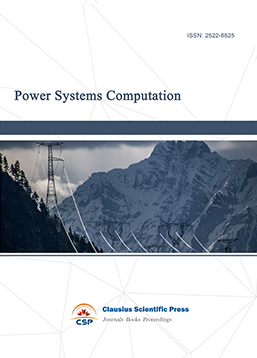
-
Internet of Things (IoT) and Engineering Applications

-
Computing, Performance and Communication Systems
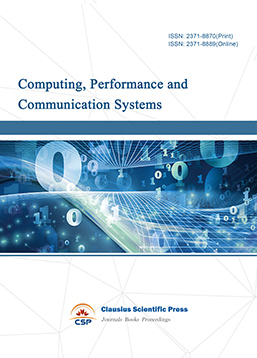
-
Journal of Artificial Intelligence Practice
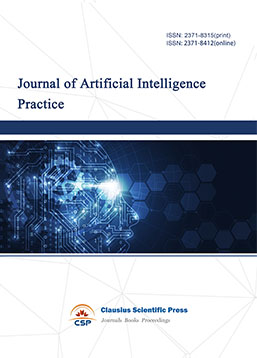
-
Journal of Network Computing and Applications
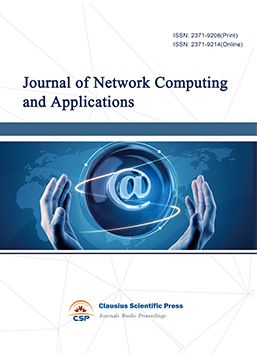
-
Journal of Web Systems and Applications
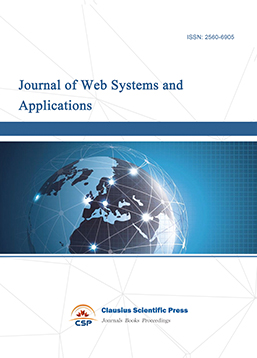
-
Journal of Electrotechnology, Electrical Engineering and Management
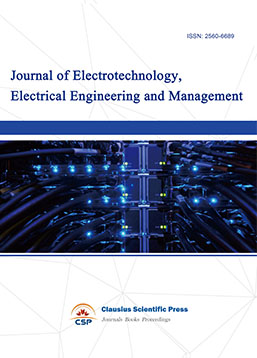
-
Journal of Wireless Sensors and Sensor Networks
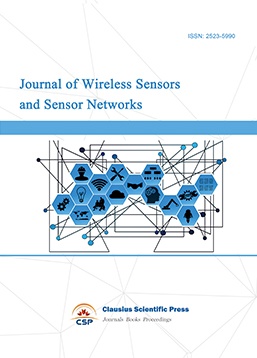
-
Journal of Image Processing Theory and Applications
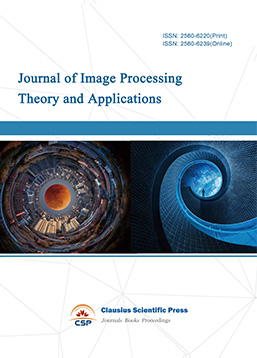
-
Mobile Computing and Networking
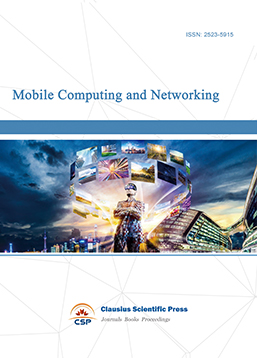
-
Vehicle Power and Propulsion
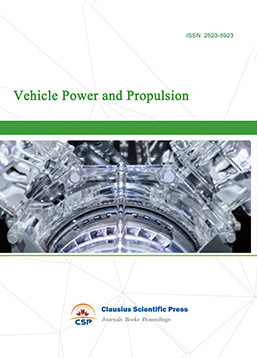
-
Frontiers in Computer Vision and Pattern Recognition
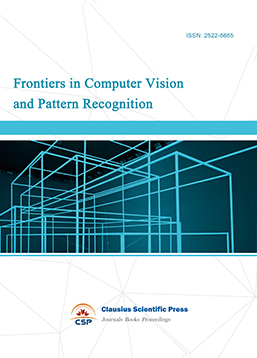
-
Knowledge Discovery and Data Mining Letters
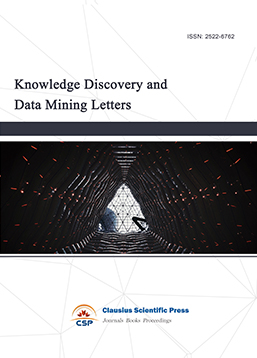
-
Big Data Analysis and Cloud Computing
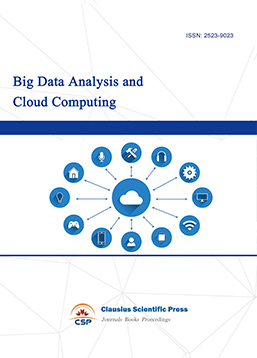
-
Electrical Insulation and Dielectrics
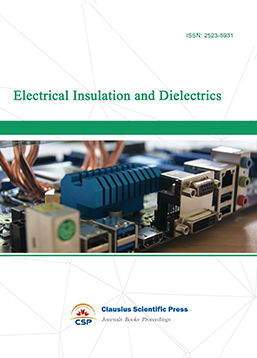
-
Crypto and Information Security
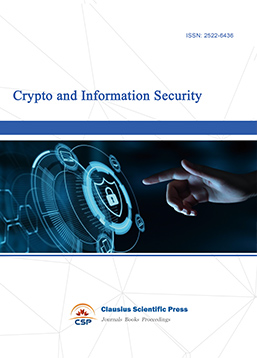
-
Journal of Neural Information Processing
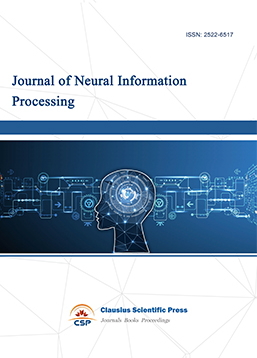
-
Collaborative and Social Computing

-
International Journal of Network and Communication Technology

-
File and Storage Technologies

-
Frontiers in Genetic and Evolutionary Computation
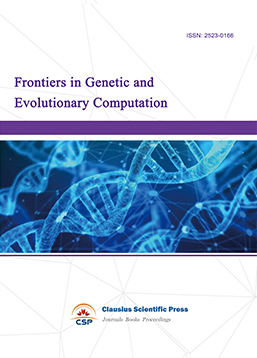
-
Optical Network Design and Modeling
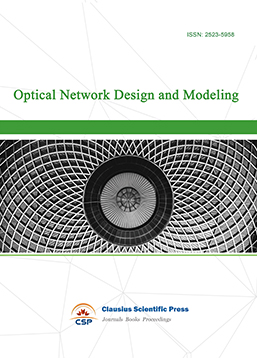
-
Journal of Virtual Reality and Artificial Intelligence
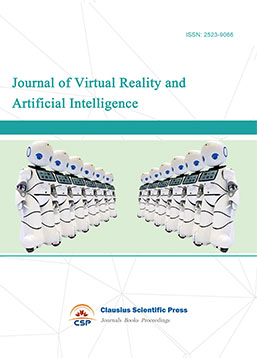
-
Natural Language Processing and Speech Recognition
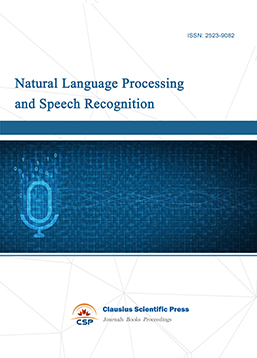
-
Journal of High-Voltage
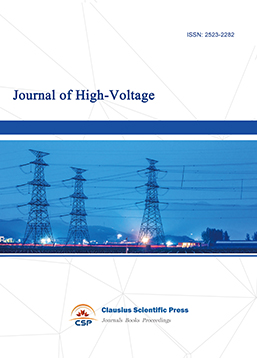
-
Programming Languages and Operating Systems
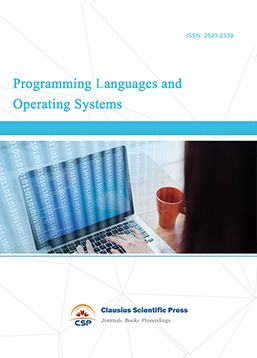
-
Visual Communications and Image Processing
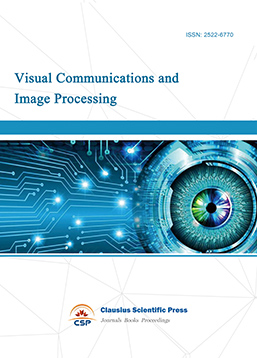
-
Journal of Systems Analysis and Integration
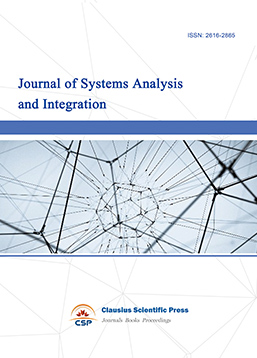
-
Knowledge Representation and Automated Reasoning

-
Review of Information Display Techniques
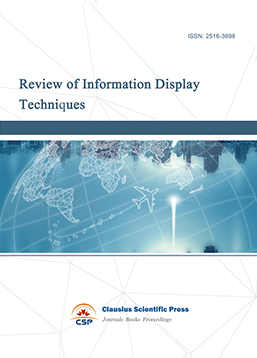
-
Data and Knowledge Engineering
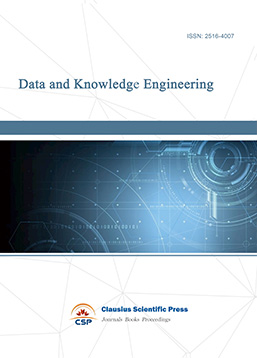
-
Journal of Database Systems

-
Journal of Cluster and Grid Computing

-
Cloud and Service-Oriented Computing

-
Journal of Networking, Architecture and Storage

-
Journal of Software Engineering and Metrics
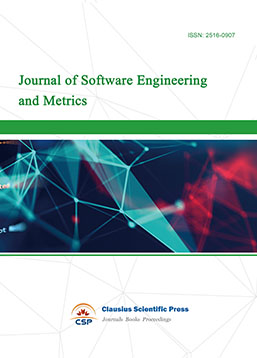
-
Visualization Techniques

-
Journal of Parallel and Distributed Processing
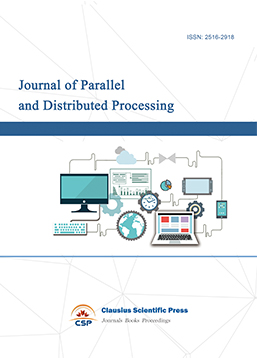
-
Journal of Modeling, Analysis and Simulation
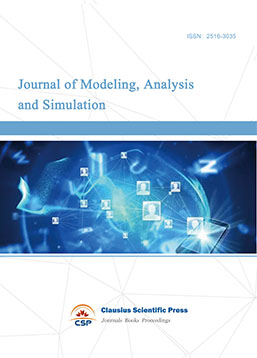
-
Journal of Privacy, Trust and Security
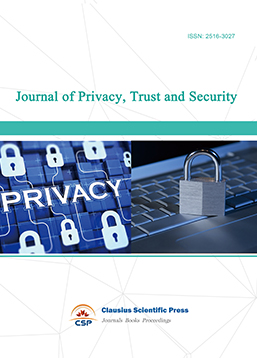
-
Journal of Cognitive Informatics and Cognitive Computing

-
Lecture Notes on Wireless Networks and Communications

-
International Journal of Computer and Communications Security
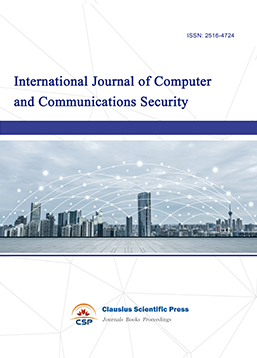
-
Journal of Multimedia Techniques
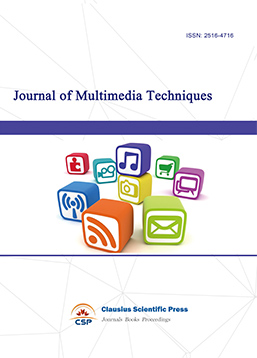
-
Automation and Machine Learning
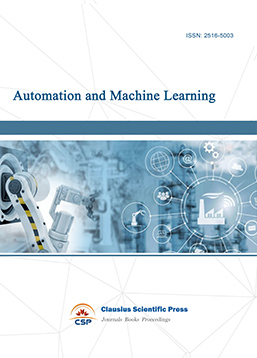
-
Computational Linguistics Letters

-
Journal of Computer Architecture and Design

-
Journal of Ubiquitous and Future Networks
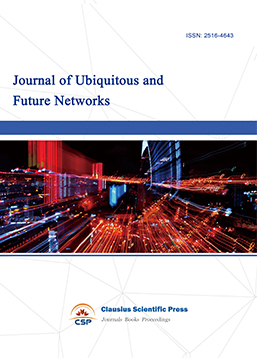

 Download as PDF
Download as PDF